What is Medical Waste and How to Dispose of It Safely?
Medical waste is a term that often raises eyebrows, and for good reason! It encompasses a range of materials generated in healthcare settings that can pose significant risks to both human health and the environment. Think of it as the unwanted byproduct of the vital services that keep us healthy. From hospitals to clinics, and even dental offices, any waste that comes from medical procedures, treatments, or diagnostics can be classified as medical waste. But why is it so crucial to manage this waste properly? Well, improper disposal can lead to contamination, disease transmission, and environmental hazards that can affect us all. In this article, we will delve into the various types of medical waste, the importance of safe disposal, and best practices to ensure that we do our part in protecting public health and the environment.
To effectively manage medical waste, it's essential to first understand what it is. Medical waste is not just any trash; it specifically refers to waste that is generated in the diagnosis, treatment, or immunization of humans or animals. This can include anything from used syringes and bandages to more hazardous materials like chemicals and radioactive substances. The characteristics of medical waste can vary widely, and this variability dictates how it should be handled and disposed of. For instance, some medical waste is infectious and requires stringent disposal methods, while other types may be non-hazardous and can be treated like regular waste. Recognizing these differences is crucial for effective waste management and ensuring safety in healthcare environments.
Medical waste can be broadly categorized into several types, each with its own set of handling and disposal requirements. Understanding these categories is vital for healthcare providers and facilities. The main types include:
- Hazardous Waste: This includes materials that can cause harm to humans or the environment.
- Infectious Waste: Waste that may contain pathogens and can spread infections.
- Pharmaceutical Waste: Unused or expired medications that require special disposal methods.
- Non-hazardous Waste: General waste that does not pose significant risks.
Each type of medical waste requires specific handling and disposal methods to mitigate risks, and failing to follow these protocols can have dire consequences.
Hazardous medical waste is a category that includes materials capable of causing harm to humans or the environment. This type of waste demands careful identification and disposal to prevent contamination and health risks. The potential dangers associated with hazardous waste are not just theoretical; they can manifest in real-world scenarios, affecting both healthcare workers and the general public.
Some common examples of hazardous medical waste include:
- Chemicals used in laboratory tests
- Radioactive materials from imaging procedures
- Sharps like needles and blades that can cause injury
Understanding these materials is crucial for implementing appropriate disposal strategies that prioritize safety.
Regulatory guidelines play a pivotal role in managing hazardous waste. These regulations dictate how hazardous waste should be identified, handled, and disposed of. Compliance with these regulations is not just a legal requirement; it is vital for healthcare facilities to avoid legal repercussions and ensure the safety of both employees and the community. By adhering to these guidelines, healthcare providers can significantly reduce the risks associated with hazardous waste.
Infectious waste is another critical category that consists of materials likely to contain pathogens. This type of waste poses a serious risk in healthcare settings, as improper handling can lead to the spread of infections. Effective segregation and disposal of infectious waste are essential to safeguarding public health, especially in environments where vulnerable populations are treated.
Safe disposal of medical waste is not just a matter of following regulations; it's about protecting public health and the environment. Improper disposal can lead to contamination of soil and water, posing serious health risks to communities. For example, discarded sharps can injure unsuspecting individuals, while hazardous chemicals can seep into groundwater, affecting drinking supplies. Understanding these risks underscores the need for responsible waste management practices.
The environmental consequences of improper medical waste disposal can be severe. Contaminated soil and water can lead to broader ecological issues, affecting wildlife and plant life. Moreover, the long-term effects can linger for years, making it imperative for healthcare facilities to adopt sustainable waste management practices. By doing so, they can contribute to a healthier planet.
Medical waste poses significant public health risks if not disposed of correctly. Awareness of these risks can encourage better practices among healthcare providers and the community. For instance, when waste is not segregated properly, infectious materials can mix with non-hazardous waste, leading to potential outbreaks of disease. By fostering a culture of safety and awareness, we can collectively work towards better waste management and public health outcomes.
Implementing best practices for medical waste disposal is essential for ensuring safety and compliance with regulations. These practices include proper segregation, clear labeling, and using designated disposal methods. By following these best practices, healthcare facilities can streamline their waste management processes and reduce risks to both staff and patients.
Effective segregation techniques are vital for managing medical waste. By categorizing waste at the source, facilities can streamline disposal processes and reduce risks. For example, having separate bins for sharps, infectious waste, and non-hazardous waste can prevent cross-contamination and make disposal more efficient.
Various disposal methods are employed to safely dispose of medical waste, including:
- Incineration: Burning waste at high temperatures to reduce it to ash.
- Autoclaving: Using steam and pressure to sterilize waste materials.
- Chemical Treatment: Using chemicals to neutralize hazardous waste.
Understanding these methods helps facilities choose the most suitable option for their needs, ensuring that they comply with regulations while protecting public health and the environment.
Q1: What is considered medical waste?
A: Medical waste includes any waste generated in healthcare facilities that poses a risk to health and the environment, such as sharps, infectious materials, and hazardous substances.
Q2: Why is it important to dispose of medical waste safely?
A: Safe disposal is crucial to prevent contamination, disease transmission, and environmental hazards that can affect public health.
Q3: What are the types of medical waste?
A: Medical waste can be categorized into hazardous, infectious, pharmaceutical, and non-hazardous waste.
Q4: What are the best practices for medical waste disposal?
A: Best practices include proper segregation, labeling, and using designated disposal methods such as incineration or autoclaving.
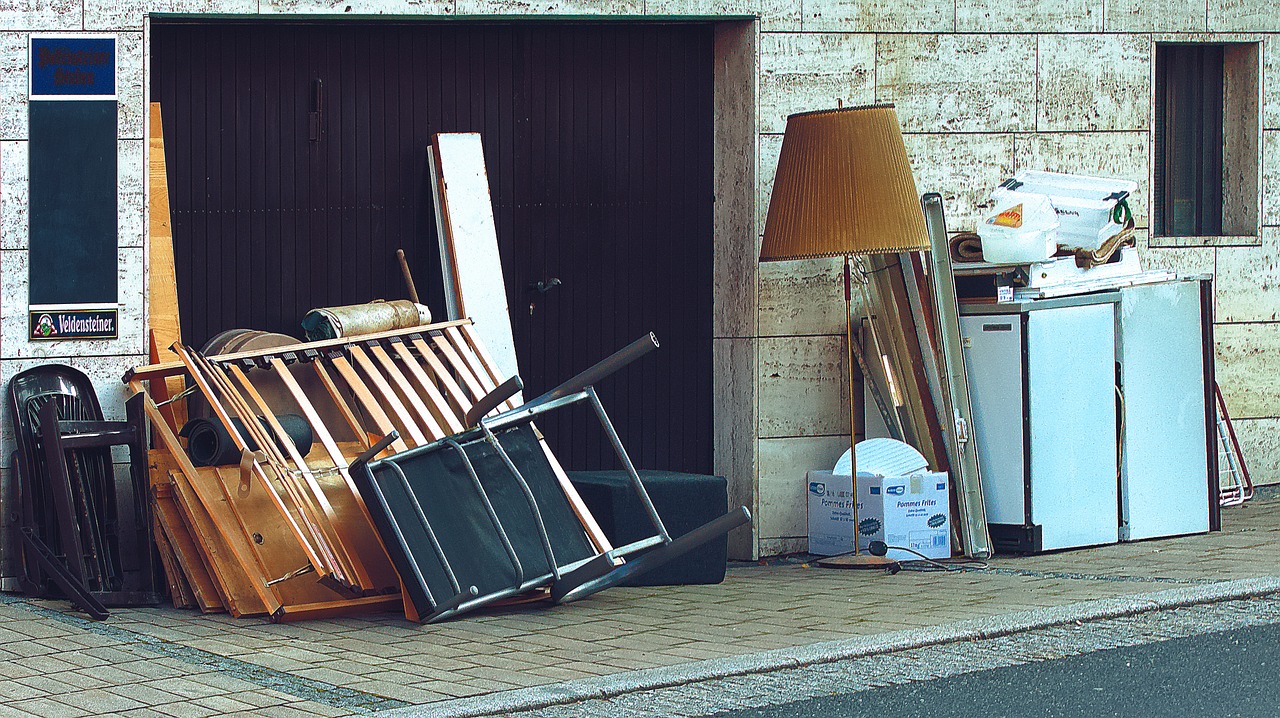
Understanding Medical Waste
This article explores the definition of medical waste, its types, the importance of safe disposal, and best practices to ensure environmental safety and public health.
Medical waste refers to any waste generated in healthcare facilities that poses a risk to health and the environment. This includes everything from used syringes to contaminated materials. Understanding its characteristics is crucial for effective management and disposal. Medical waste not only encompasses hazardous materials but also includes non-hazardous waste that, if not handled properly, can lead to significant health risks. It’s like having a ticking time bomb in your clinic; if you don’t know how to handle it, the consequences can be dire.
To grasp the full scope of medical waste, it’s essential to recognize its various forms and the inherent dangers associated with each. For instance, waste can be classified as infectious, hazardous, or non-hazardous. Each category has its own unique disposal requirements. Think of it this way: just as you wouldn’t throw all your trash into one bin, you can’t treat all medical waste the same way. The segregation of waste at the point of generation is the first step in ensuring safe disposal.
Moreover, the characteristics of medical waste can vary significantly based on the type of healthcare facility. For example, a hospital generates different types of waste than a dental office. This variability necessitates tailored disposal strategies that consider the specific risks associated with each type of waste. Without understanding these differences, healthcare providers may inadvertently contribute to larger public health crises.
In addition to categorizing waste, it’s vital to be aware of the legal implications surrounding medical waste management. Various regulations dictate how medical waste should be handled, and non-compliance can lead to hefty fines and legal repercussions. It’s like driving without a seatbelt; the risks are clear, and the consequences can be severe. Thus, understanding and adhering to these regulations is not just a best practice, but a necessity for healthcare providers.
To summarize, understanding medical waste is the cornerstone of effective waste management. By recognizing the types of waste generated, the associated risks, and the legal obligations, healthcare facilities can implement better practices that not only safeguard public health but also protect the environment. It’s a multifaceted issue that requires attention, education, and a commitment to responsible management.
Medical waste can be categorized into various types, including hazardous, non-hazardous, infectious, and pharmaceutical waste. Each type requires specific handling and disposal methods to mitigate risks.
Hazardous medical waste includes materials that can cause harm to humans or the environment. Proper identification and disposal are essential to prevent contamination and health risks.
Examples include chemicals, radioactive materials, and certain sharps. Understanding these materials helps in implementing appropriate disposal strategies to ensure safety.
Regulatory guidelines dictate how hazardous waste should be managed. Compliance with these regulations is vital for healthcare facilities to avoid legal repercussions and ensure safety.
Infectious waste consists of materials that may contain pathogens. Proper segregation and disposal are crucial to prevent the spread of infections in healthcare settings.
Safe disposal of medical waste is essential to protect public health and the environment. Improper disposal can lead to contamination, disease transmission, and environmental hazards.
Improper disposal of medical waste can have severe environmental consequences, including soil and water contamination. Understanding these impacts emphasizes the need for responsible waste management practices.
Medical waste poses significant public health risks if not disposed of correctly. Awareness of these risks can encourage better practices among healthcare providers and the community.
Implementing best practices for medical waste disposal ensures safety and compliance with regulations. These practices include proper segregation, labeling, and using designated disposal methods.
Effective segregation techniques are vital for managing medical waste. By categorizing waste at the source, facilities can streamline disposal processes and reduce risks.
Various disposal methods, including incineration, autoclaving, and chemical treatment, are employed to safely dispose of medical waste. Understanding these methods helps facilities choose the most suitable option for their needs.
- What is the most common type of medical waste? Infectious waste is one of the most common types, as it includes items like used bandages and syringes.
- How can medical facilities ensure compliance with disposal regulations? By implementing strict waste management protocols and regular training for staff.
- What should patients do with their medical waste at home? Patients should dispose of items like needles in designated sharps containers and follow local regulations for disposal.
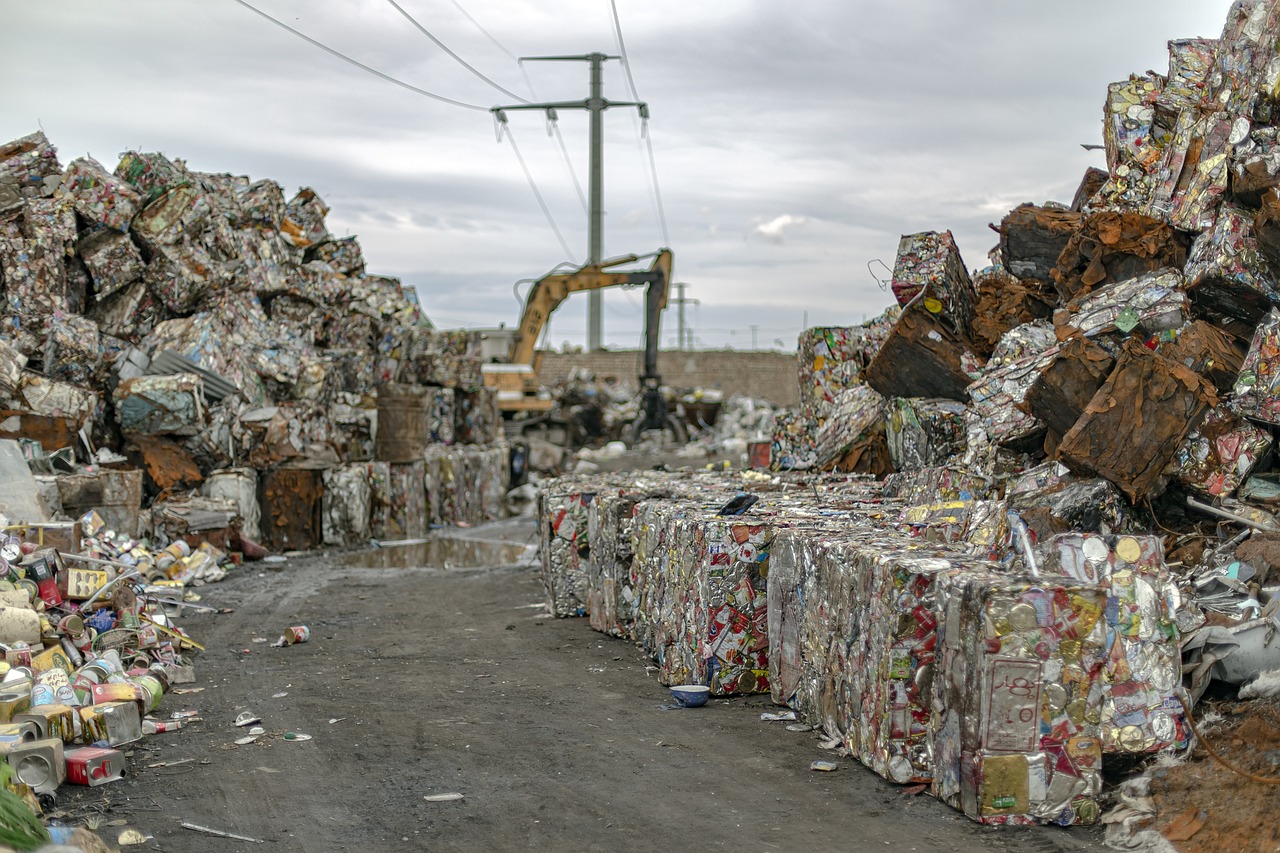
Types of Medical Waste
When we talk about medical waste, it’s essential to recognize that not all waste generated in healthcare settings is created equal. In fact, medical waste can be categorized into several distinct types, each presenting unique challenges in terms of handling and disposal. Understanding these categories is crucial for healthcare providers, waste management professionals, and even the general public to ensure safety and compliance with regulations.
The primary types of medical waste include hazardous waste, non-hazardous waste, infectious waste, and pharmaceutical waste. Each type of waste has specific characteristics and requires tailored disposal methods to mitigate risks effectively. For instance, hazardous waste poses significant threats to human health and the environment, while infectious waste can harbor pathogens that may lead to disease outbreaks if improperly managed.
To give you a clearer picture, let’s break down these types further:
- Hazardous Waste: This includes materials that can cause harm to humans or the environment, such as chemicals, radioactive materials, and certain sharps. Understanding the nature of hazardous waste is vital for implementing appropriate disposal strategies.
- Infectious Waste: Comprising materials that may contain pathogens, infectious waste requires stringent segregation and disposal practices to prevent the spread of infections, particularly in healthcare facilities.
- Pharmaceutical Waste: This category includes expired, unused, or contaminated medications. Proper disposal methods for pharmaceutical waste are crucial to prevent environmental contamination and potential health hazards.
- Non-Hazardous Waste: While this type poses less risk, it still requires proper management to ensure that it does not contribute to larger waste management issues.
Each type of medical waste demands specific handling procedures to minimize risks. For example, hazardous waste must be identified and disposed of according to regulatory guidelines to prevent contamination. On the other hand, infectious waste should be segregated at the point of generation, ensuring that it is treated appropriately before disposal.
In summary, recognizing the various types of medical waste is not just a matter of compliance; it’s about safeguarding public health and protecting our environment. By implementing best practices tailored to each category, healthcare facilities can significantly reduce the risks associated with medical waste and contribute to a healthier planet.
- What is the most dangerous type of medical waste? Hazardous waste is considered the most dangerous due to its potential to harm humans and the environment.
- How should infectious waste be disposed of? Infectious waste should be segregated, labeled, and treated through methods like autoclaving or incineration.
- Can pharmaceutical waste be thrown in regular trash? No, pharmaceutical waste should never be disposed of in regular trash due to the risks of contamination and environmental harm.
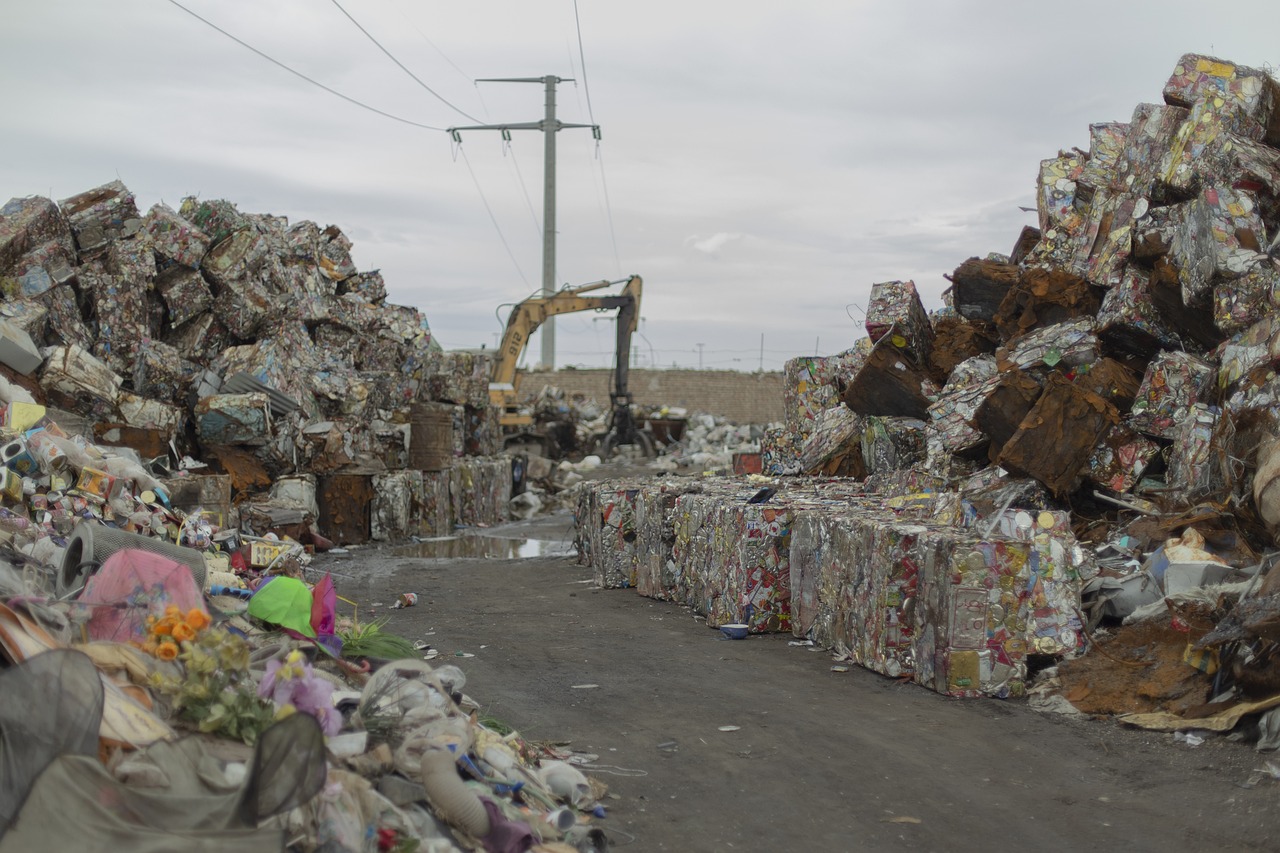
Hazardous Waste
Hazardous medical waste is a critical concern in the healthcare sector, encompassing materials that can potentially cause harm to humans or the environment. This type of waste is not just your run-of-the-mill trash; it includes items that require special handling and disposal methods to mitigate risks effectively. In healthcare facilities, hazardous waste can originate from various sources, including surgical procedures, laboratory tests, and even the administration of certain medications. The identification of hazardous waste is essential because improper disposal can lead to severe consequences, both for public health and the environment.
So, what exactly qualifies as hazardous medical waste? It’s typically characterized by its potential to be toxic, infectious, or reactive. Some common examples include:
- Chemicals used in laboratories, such as formaldehyde and mercury
- Radioactive materials used in diagnostic imaging
- Sharps like needles and scalpels that can cause injuries and infections
Each of these materials poses unique challenges in terms of disposal. For instance, sharps must be placed in puncture-proof containers to prevent injuries, while chemicals need to be neutralized or treated before disposal to avoid environmental contamination. Understanding these materials is crucial for implementing effective disposal strategies that ensure safety and compliance.
Moreover, regulatory guidelines play a significant role in the management of hazardous waste. Various governmental and environmental agencies have established strict regulations that healthcare facilities must follow. Compliance with these regulations is not just a legal obligation; it is vital for safeguarding public health and the environment. Facilities that fail to adhere to these guidelines may face hefty fines or even legal action, making it imperative to stay informed about the latest regulations.
In summary, hazardous medical waste is a serious issue that requires careful management and disposal. By identifying hazardous materials, understanding their risks, and complying with regulatory guidelines, healthcare facilities can protect both public health and the environment. It's not just about following the rules; it's about creating a safer world for everyone.
What is hazardous medical waste?
Hazardous medical waste refers to materials generated in healthcare settings that can pose a risk to human health and the environment. This includes toxic chemicals, radioactive materials, and sharps like needles.
How should hazardous waste be disposed of?
Hazardous waste must be segregated from other types of waste and disposed of using designated methods such as incineration, chemical treatment, or specialized disposal facilities that comply with regulatory guidelines.
What are the risks of improper disposal of hazardous waste?
Improper disposal can lead to contamination of soil and water, transmission of infectious diseases, and potential legal repercussions for healthcare facilities. It poses significant risks to public health and the environment.
Are there regulations governing hazardous waste disposal?
Yes, various regulations exist at both federal and state levels to govern the management and disposal of hazardous waste. Compliance with these regulations is crucial for healthcare facilities to avoid legal issues and ensure safety.
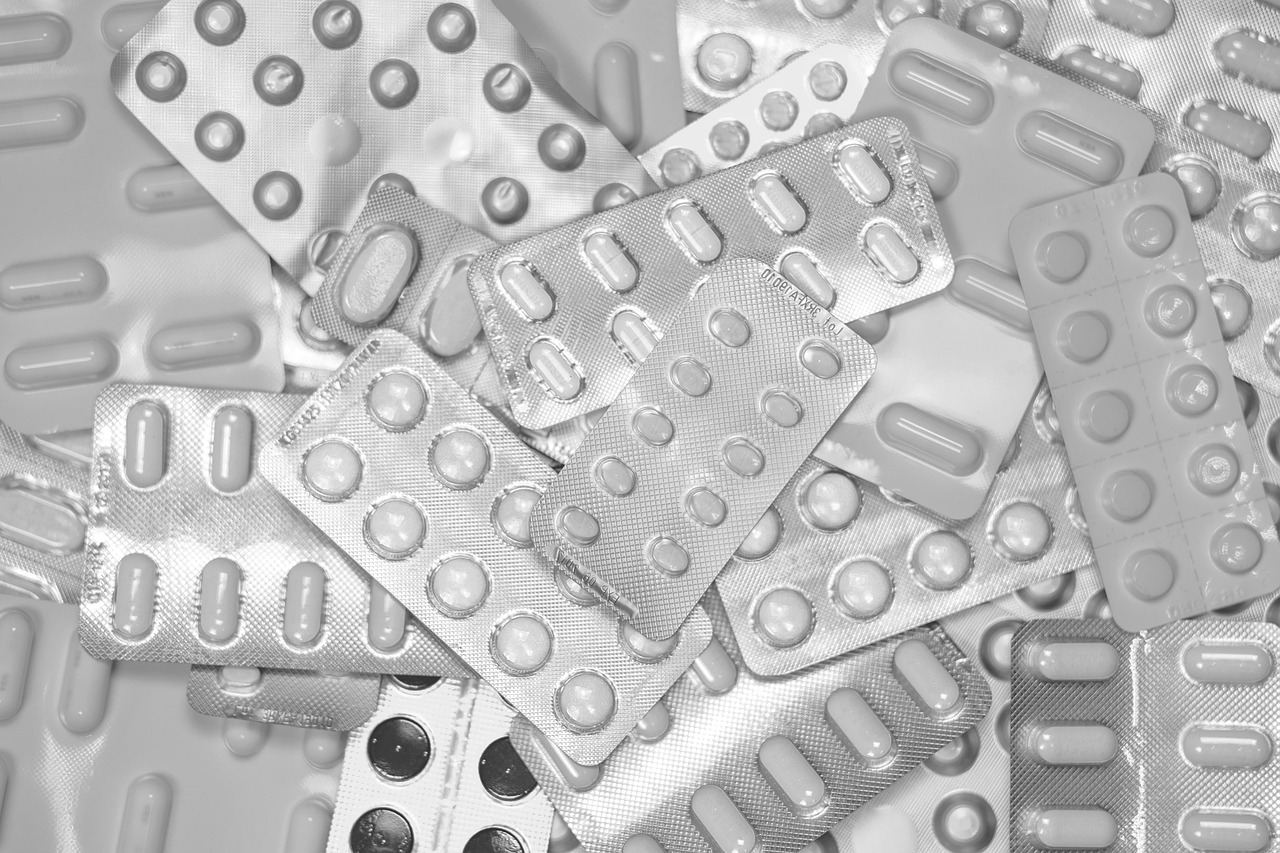
Examples of Hazardous Waste
When we talk about hazardous waste in a medical context, we’re diving into a category of materials that can pose serious risks to both human health and the environment. It's essential to identify these materials correctly to ensure they are handled and disposed of properly. Some common examples of hazardous medical waste include:
- Chemicals: These include solvents, disinfectants, and other chemical agents used in laboratories and hospitals. Many of these substances can be toxic or corrosive, making their improper disposal a significant concern.
- Radioactive Materials: Waste from diagnostic and therapeutic procedures that involve radioactive substances is classified as hazardous. This can include items like used syringes or gloves from patients undergoing radiation therapy.
- Sharps: Items such as needles, scalpels, and broken glass are not only hazardous due to their potential to cause injury but can also become contaminated with infectious materials, increasing the risk of disease transmission.
Understanding these examples helps healthcare facilities implement effective strategies for disposal. Each type of hazardous waste requires specific handling procedures, and failing to comply with these can lead to dire consequences. For instance, improperly disposed of chemicals can leach into the soil and waterways, causing long-term environmental damage. Similarly, sharps that are not disposed of in designated containers can result in injuries to waste handlers and the general public.
In many cases, healthcare facilities are required to maintain a hazardous waste inventory to track the types and quantities of hazardous materials they generate. This inventory not only aids in compliance with regulatory guidelines but also helps in planning for safe disposal methods. The importance of recognizing and categorizing hazardous waste cannot be overstated, as it is a crucial step in protecting both public health and the environment.
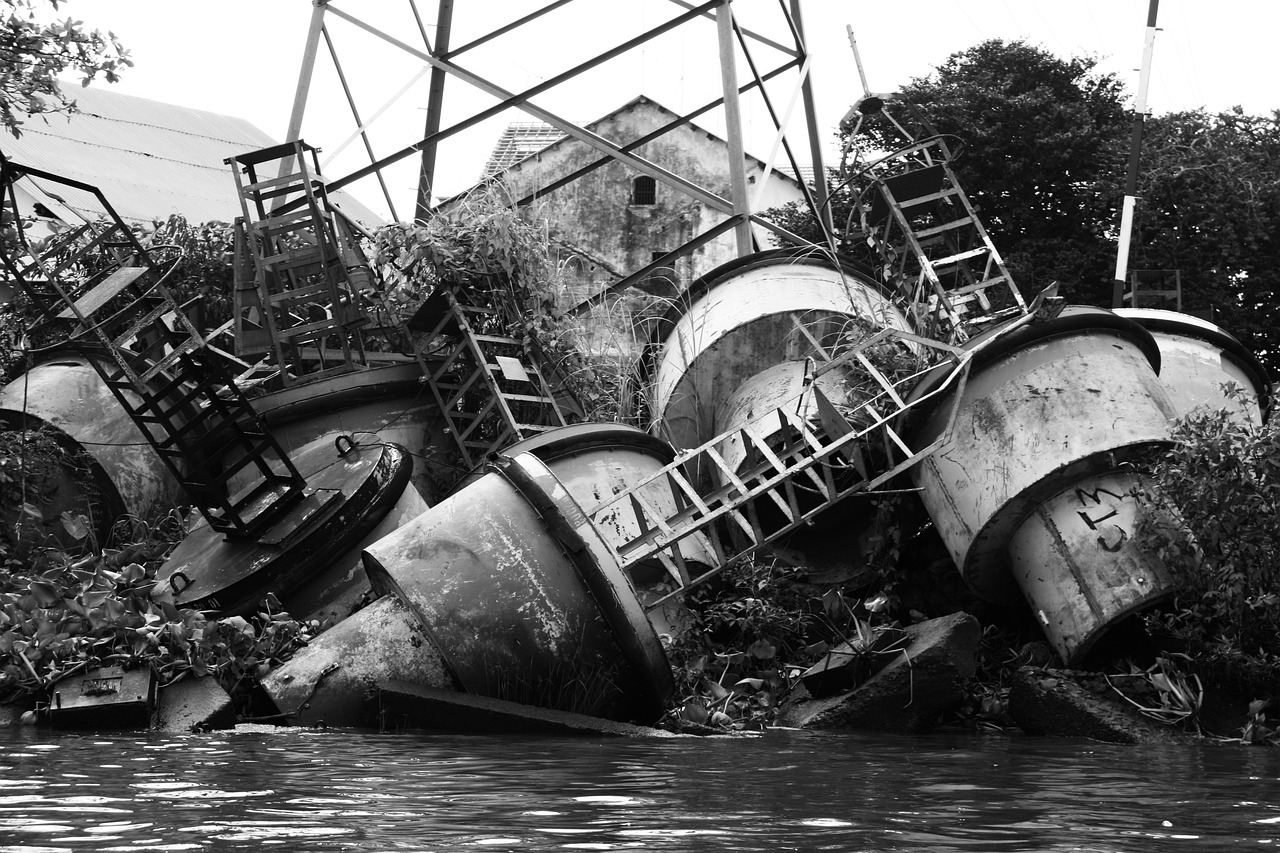
Regulatory Guidelines
When it comes to managing medical waste, regulatory guidelines play a crucial role in ensuring safety and compliance within healthcare facilities. These guidelines are set forth by various governmental and health organizations, aimed at protecting both public health and the environment. They dictate how medical waste should be classified, handled, stored, and ultimately disposed of. Adhering to these regulations is not just a legal obligation; it is a moral responsibility that healthcare providers must uphold to prevent potential hazards.
In the United States, the Environmental Protection Agency (EPA) and the Occupational Safety and Health Administration (OSHA) provide comprehensive frameworks for managing medical waste. These regulations specify the types of waste that are considered hazardous and outline the necessary procedures for their disposal. For instance, hazardous waste must be labeled clearly and stored in designated containers to mitigate risks associated with exposure or contamination.
Moreover, healthcare facilities are required to maintain accurate records of their waste management practices. This includes documenting the types and quantities of waste generated, as well as the methods used for disposal. Such documentation not only ensures compliance with regulatory standards but also serves as an important tool for facilities to assess their waste management performance and identify areas for improvement.
To further illustrate the importance of regulatory compliance, consider the following table that outlines some key regulatory bodies and their respective roles in medical waste management:
| Regulatory Body | Role |
|---|---|
| Environmental Protection Agency (EPA) | Sets guidelines for hazardous waste management and enforces regulations to protect the environment. |
| Occupational Safety and Health Administration (OSHA) | Ensures safe working conditions and provides regulations related to exposure to hazardous materials. |
| State Health Departments | Implement and enforce state-specific regulations regarding medical waste management. |
| World Health Organization (WHO) | Provides international guidelines and best practices for safe medical waste management. |
In addition to federal regulations, it is essential for healthcare facilities to be aware of local and state regulations, which can vary significantly. These regulations may impose stricter requirements than federal guidelines, emphasizing the importance of being well-informed and compliant at all levels. Failure to adhere to these guidelines can result in severe penalties, including fines and legal action, not to mention the risk of jeopardizing public health.
Ultimately, understanding and implementing regulatory guidelines is not just about compliance; it is about fostering a culture of safety and responsibility within healthcare settings. By prioritizing proper medical waste management practices, healthcare providers can contribute to a healthier community and a cleaner environment.
- What constitutes medical waste? Medical waste refers to any waste generated in healthcare facilities that poses a risk to health and the environment.
- Why is proper disposal of medical waste important? Improper disposal can lead to contamination, disease transmission, and environmental hazards.
- What are the types of medical waste? Medical waste can be classified as hazardous, non-hazardous, infectious, and pharmaceutical waste.
- What are some common disposal methods for medical waste? Common methods include incineration, autoclaving, and chemical treatment.
- Who regulates medical waste disposal? Various bodies, including the EPA, OSHA, and state health departments, set and enforce regulations.

Infectious Waste
Infectious waste is a critical category of medical waste that poses significant risks not only to healthcare workers but also to the broader community. This type of waste includes materials that may be contaminated with pathogens capable of causing diseases. Think of it as a ticking time bomb; if not handled correctly, it can lead to outbreaks and health crises. In healthcare settings, infectious waste can come from various sources, including surgical procedures, laboratory tests, and even routine patient care.
To effectively manage infectious waste, it's essential to implement stringent segregation practices right from the point of generation. This involves clearly identifying and separating infectious materials from non-infectious waste. For instance, items such as used gloves, bandages, and any other materials that have come into contact with bodily fluids need to be disposed of in designated biohazard containers. By doing this, healthcare facilities can minimize the risk of exposure to harmful pathogens, ensuring a safer environment for both staff and patients.
The disposal of infectious waste is not merely a matter of convenience; it is a legal and ethical obligation. Healthcare facilities must comply with regulatory guidelines that dictate how infectious waste should be handled, transported, and disposed of. Failure to adhere to these regulations can result in severe penalties and, more importantly, can jeopardize public health.
Infectious waste can be broadly categorized into the following types:
- Blood and blood products
- Pathological waste (human tissues and organs)
- Contaminated sharps (needles, scalpels, etc.)
- Microbiological waste (cultures and specimens)
Moreover, healthcare facilities often employ various treatment methods to ensure that infectious waste is rendered safe before final disposal. These methods include autoclaving, which uses high-pressure steam to sterilize waste, and chemical disinfection, which involves using powerful agents to neutralize pathogens. By employing these techniques, healthcare providers can significantly reduce the risk of disease transmission and environmental contamination.
In summary, the management of infectious waste is a vital aspect of healthcare operations. By understanding its nature and implementing best practices for segregation and disposal, healthcare facilities can protect their staff, patients, and the community at large. The stakes are high, and the responsibility is clear: effective infectious waste management is crucial for public health and safety.
- What is infectious waste? Infectious waste includes materials that may contain pathogens capable of causing diseases, such as used gloves, syringes, and laboratory cultures.
- How should infectious waste be disposed of? Infectious waste must be segregated at the source and disposed of in designated biohazard containers, followed by treatment methods like autoclaving or chemical disinfection.
- What are the risks of improper disposal of infectious waste? Improper disposal can lead to disease transmission, environmental contamination, and legal repercussions for healthcare facilities.
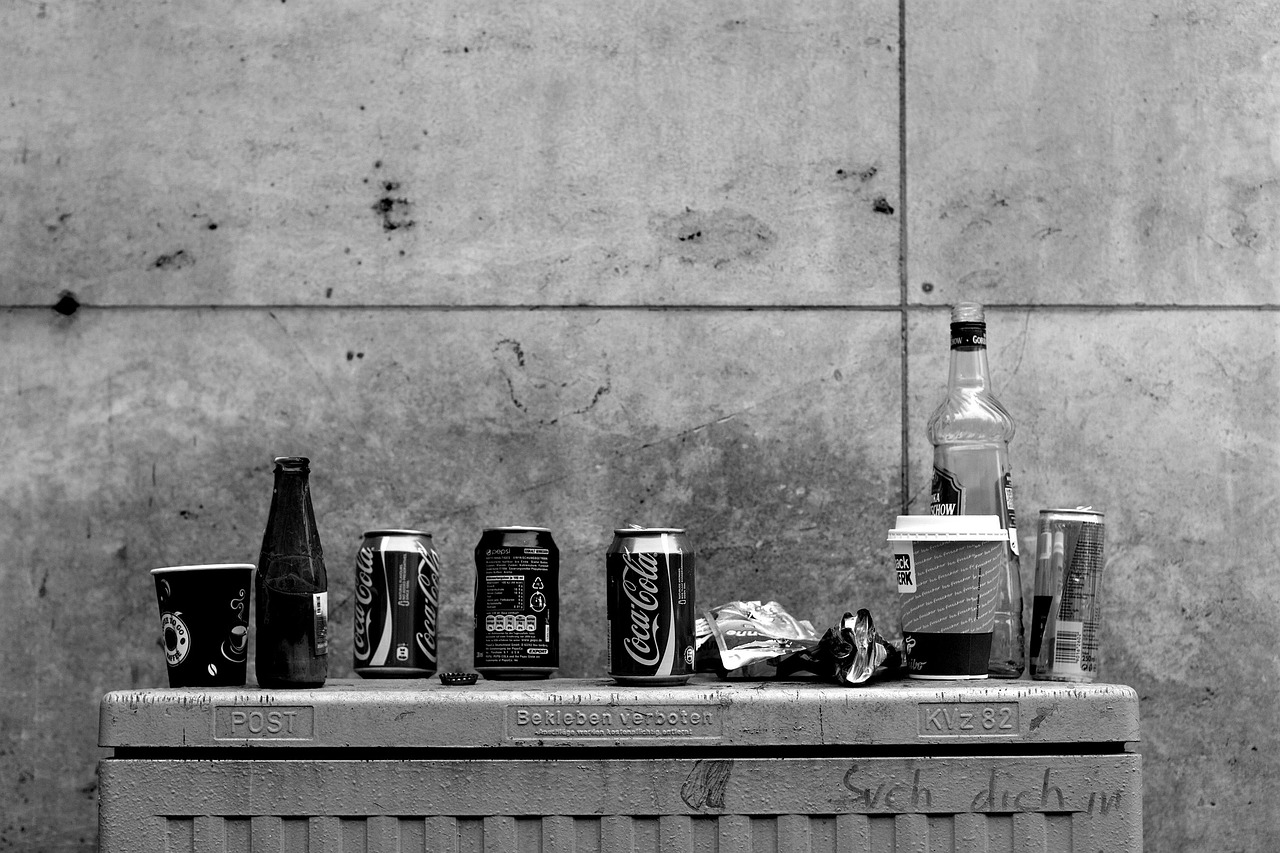
Importance of Safe Disposal
The safe disposal of medical waste is not just a regulatory requirement; it is a critical aspect of protecting both public health and the environment. When healthcare facilities manage their waste improperly, the consequences can be dire, leading to contamination and the spread of diseases. Imagine a scenario where a discarded syringe ends up in a public park. This single act could pose a serious health risk to unsuspecting individuals. Therefore, understanding the importance of safe disposal is imperative.
One of the most significant risks associated with improper medical waste disposal is the potential for disease transmission. Infectious waste, which may contain pathogens, can easily spread infections if not handled correctly. For instance, if contaminated materials are disposed of in regular trash, they can be accessed by scavengers or even animals, leading to outbreaks of diseases that could have been easily prevented. This highlights the need for stringent waste management protocols in healthcare settings.
Moreover, the environmental impact of improper disposal cannot be overstated. Medical waste that is not disposed of properly can lead to soil and water contamination. For example, chemicals from hazardous waste can leach into the ground, affecting groundwater supplies. This not only endangers local ecosystems but also poses a risk to communities relying on these water sources for drinking and irrigation. The ripple effect of such contamination can be devastating, affecting agriculture, wildlife, and human health.
In addition to environmental and health concerns, there are legal implications for healthcare facilities that do not adhere to safe disposal practices. Regulatory bodies impose strict guidelines for the management of medical waste. Non-compliance can lead to hefty fines and legal actions, which can tarnish an institution's reputation and undermine public trust. Therefore, understanding and implementing safe disposal practices is not just about compliance; it’s about fostering a culture of responsibility and care.
To further emphasize the importance of safe disposal, consider the following points:
- Protecting Public Health: Ensuring that medical waste is disposed of safely reduces the risk of disease outbreaks.
- Environmental Stewardship: Responsible disposal practices help protect natural resources and ecosystems.
- Legal Compliance: Adhering to regulations prevents legal repercussions and promotes institutional integrity.
In conclusion, the importance of safe disposal of medical waste transcends mere compliance; it is a fundamental duty that healthcare providers owe to their communities and the environment. By prioritizing safe disposal practices, we can protect public health, preserve our ecosystems, and foster a safer, cleaner world for future generations.
Q: What types of waste are considered medical waste?
A: Medical waste includes hazardous, infectious, pharmaceutical, and non-hazardous waste generated in healthcare facilities.
Q: Why is it important to segregate medical waste?
A: Segregating medical waste at the source helps streamline disposal processes, reduces risks, and ensures that materials are disposed of in accordance with regulations.
Q: What are the common methods for disposing of medical waste?
A: Common disposal methods include incineration, autoclaving, and chemical treatment, each suited for different types of medical waste.
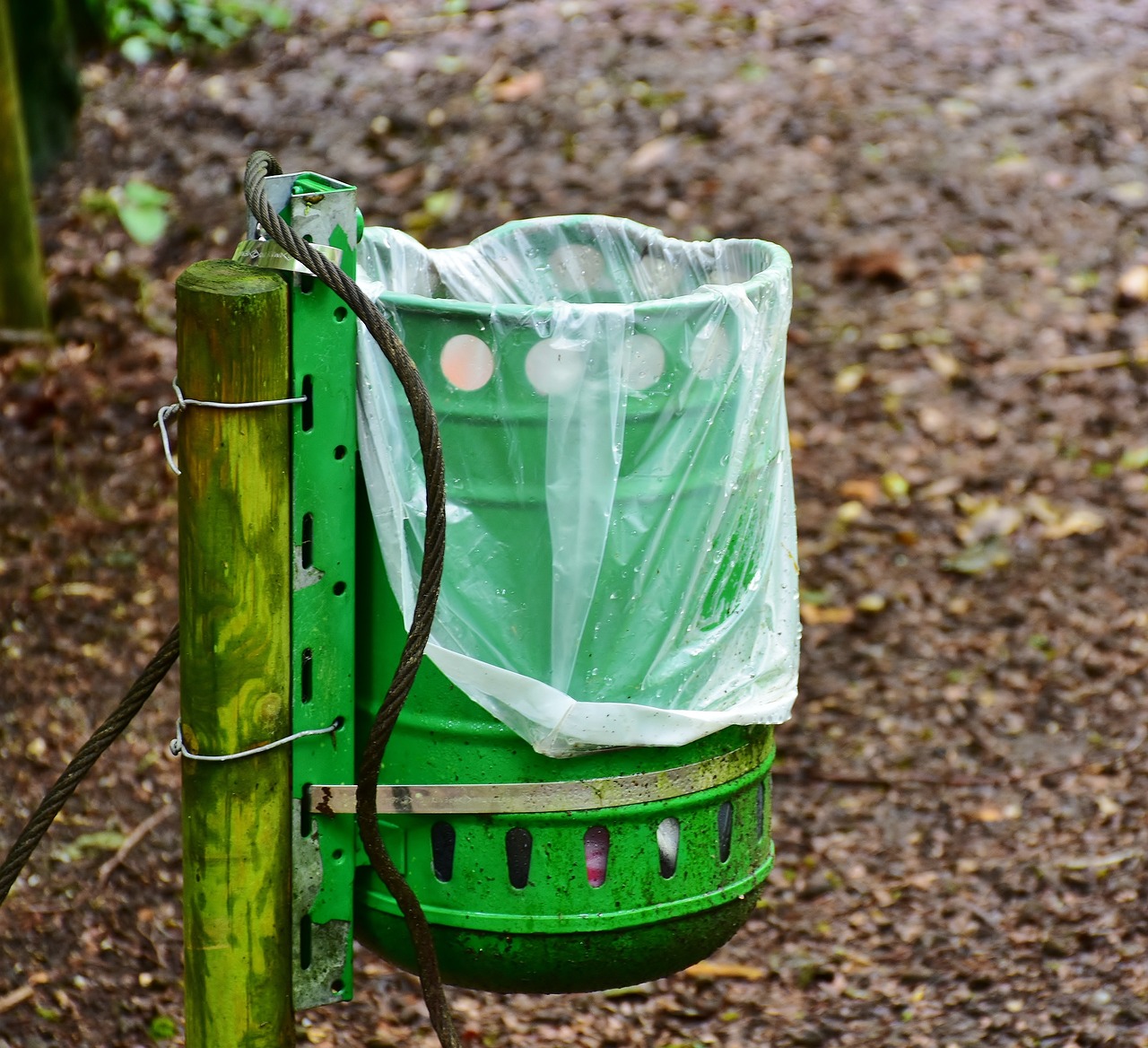
Environmental Impact
The environmental impact of improper medical waste disposal is a pressing concern that cannot be overlooked. When medical waste is not handled correctly, it can lead to severe consequences for our surroundings. For instance, hazardous substances can seep into the soil and groundwater, contaminating vital resources that we depend on for drinking and irrigation. Imagine a scenario where a healthcare facility disposes of its waste in a landfill without proper precautions; over time, the chemicals and pathogens can leach into the soil, creating a ripple effect that endangers local ecosystems and public health.
Furthermore, the incineration of medical waste, while a common disposal method, can release harmful emissions into the atmosphere. These emissions may contain dioxins and furans, which are known to be toxic and can contribute to air pollution. The relationship between medical waste disposal and environmental health is deeply intertwined, highlighting the urgent need for responsible waste management practices. It's crucial for healthcare facilities to recognize their role in protecting the environment by adopting eco-friendly disposal methods.
To better understand the potential environmental consequences, consider the following impacts:
- Soil Contamination: Hazardous waste can degrade soil quality, affecting plant growth and agricultural productivity.
- Water Pollution: Contaminated runoff can pollute rivers and lakes, harming aquatic life and disrupting ecosystems.
- Air Quality: Incineration can release toxic gases, contributing to respiratory problems in nearby communities.
In essence, the environmental impact of medical waste is not just a healthcare issue; it’s a community issue that requires collective action. By implementing stringent waste management protocols, we can safeguard our environment and ensure a healthier future for generations to come. The responsibility lies not only with healthcare providers but also with regulatory bodies and the community at large to foster a culture of environmental stewardship.
Q1: What constitutes medical waste?
A1: Medical waste includes any waste generated in healthcare settings that poses a risk to health and the environment, such as sharps, infectious materials, and pharmaceutical waste.
Q2: Why is safe disposal of medical waste important?
A2: Safe disposal is crucial to prevent contamination, disease transmission, and environmental hazards, protecting both public health and the ecosystem.
Q3: What are the common methods for disposing of medical waste?
A3: Common methods include incineration, autoclaving, and chemical treatment, each suited for different types of medical waste.
Q4: How can healthcare facilities improve their waste management practices?
A4: Facilities can enhance waste management by implementing proper segregation techniques, educating staff, and adhering to regulatory guidelines.
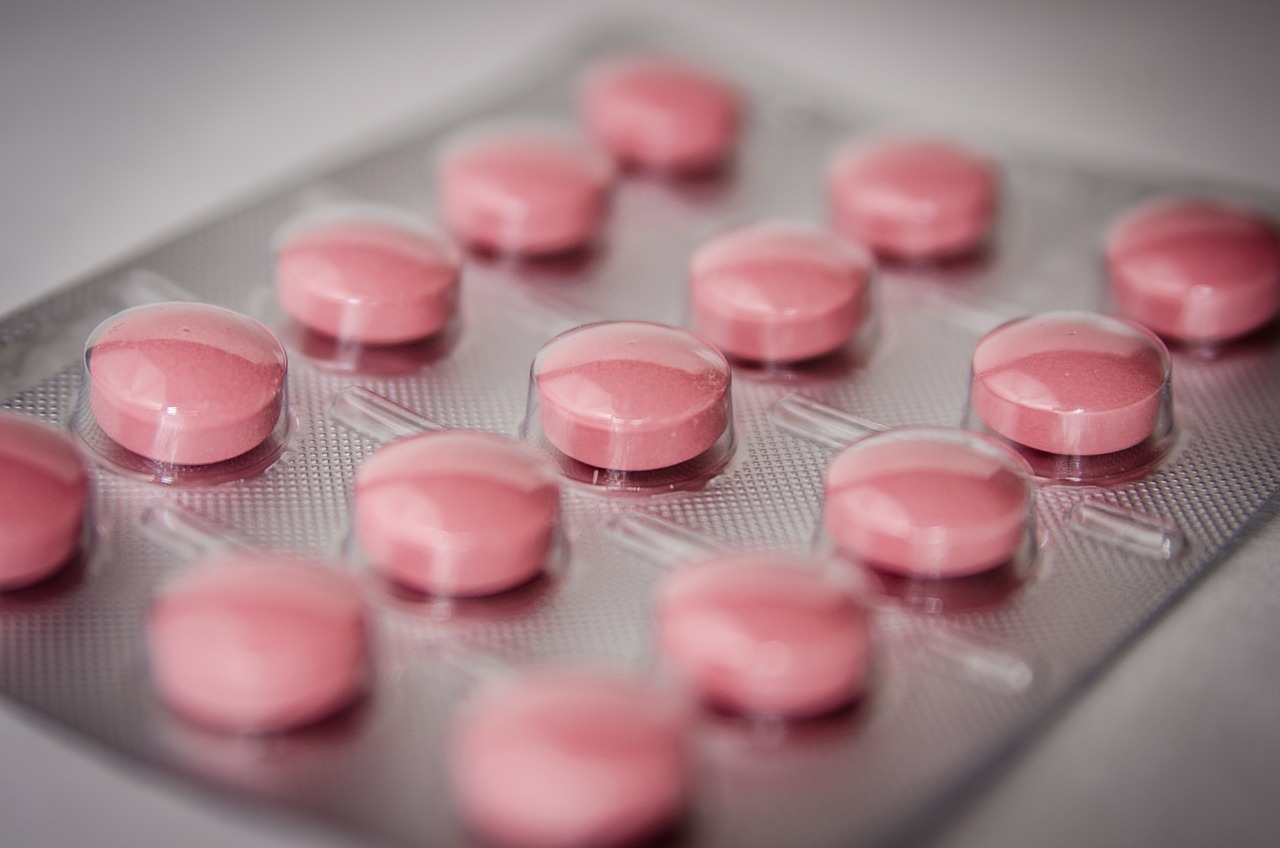
Public Health Risks
When it comes to medical waste, the stakes are incredibly high. Improper disposal can lead to significant public health risks that affect not only healthcare workers but also patients and the community at large. Imagine a world where contaminated needles, infectious materials, and hazardous chemicals are carelessly thrown away. The potential for disease transmission and environmental contamination is alarming. In fact, improper handling of medical waste can lead to outbreaks of diseases that are easily preventable.
One of the most pressing concerns is the risk of infections. For instance, infectious waste, which may contain pathogens like bacteria and viruses, poses a serious threat if it ends up in regular trash. This can lead to the spread of infections such as HIV, Hepatitis B, and even COVID-19. Healthcare facilities must ensure that all waste is properly segregated and disposed of to mitigate these risks. The consequences of negligence can be far-reaching, potentially resulting in outbreaks that could have been easily avoided.
Moreover, the environmental impact of improper medical waste disposal cannot be overlooked. Contaminants can seep into the soil and water supply, leading to long-term health issues for the community. For example, chemicals from hazardous waste can disrupt ecosystems, harming wildlife and even entering the food chain. This creates a ripple effect that extends beyond immediate health risks to long-term environmental damage.
To illustrate the various public health risks associated with medical waste, consider the following table:
| Type of Waste | Potential Risks | Preventive Measures |
|---|---|---|
| Infectious Waste | Disease transmission, outbreaks | Proper segregation, safe disposal |
| Hazardous Waste | Toxic exposure, environmental contamination | Labeling, compliance with regulations |
| Pharmaceutical Waste | Drug misuse, environmental hazards | Return programs, incineration |
Additionally, the community's awareness of these risks is crucial. Educating the public about the dangers associated with improper medical waste disposal can empower individuals to advocate for better practices. When people understand the consequences, they are more likely to support initiatives aimed at improving waste management in healthcare settings.
In conclusion, the public health risks associated with medical waste are significant and multifaceted. From the potential for infectious disease outbreaks to environmental contamination, the implications of improper disposal are far-reaching. It is imperative for healthcare facilities to implement rigorous waste management practices and for the community to stay informed and engaged in these issues.
- What is medical waste? Medical waste refers to any waste generated in healthcare facilities that poses a risk to health and the environment.
- Why is safe disposal of medical waste important? Safe disposal is essential to protect public health and the environment from contamination and disease transmission.
- What are the types of medical waste? Medical waste can be categorized into hazardous, non-hazardous, infectious, and pharmaceutical waste.
- What are some best practices for disposing of medical waste? Best practices include proper segregation, labeling, and using designated disposal methods like incineration and autoclaving.

Best Practices for Disposal
When it comes to disposing of medical waste, following best practices is not just a recommendation; it's a necessity. Effective management of medical waste ensures the safety of healthcare workers, patients, and the environment. One of the key steps in this process is proper segregation. This means categorizing waste at the source, which not only streamlines the disposal process but also significantly reduces the risks associated with mixed waste. Imagine trying to find a needle in a haystack; that’s what it’s like dealing with improperly sorted medical waste. By clearly separating hazardous from non-hazardous waste, facilities can minimize contamination and enhance safety.
Another crucial aspect of best practices is labeling. Each type of waste should have a clear and distinct label that indicates its category. This is essential not just for the staff handling the waste but also for anyone who might come into contact with it later on. For example, sharps containers must be clearly marked to prevent accidental injuries. Additionally, using color-coded bins for different types of waste can help in maintaining an organized disposal system.
Moreover, the choice of disposal methods is equally important. Various techniques are available, and selecting the right one depends on the type of waste being disposed of. Here’s a quick breakdown of some common methods:
| Disposal Method | Description | Best For |
|---|---|---|
| Incineration | A process that burns waste at high temperatures, effectively destroying pathogens. | Hazardous and infectious waste. |
| Autoclaving | Uses steam under pressure to sterilize waste, rendering it safe for disposal. | Infectious waste. |
| Chemical Treatment | Involves using chemicals to neutralize hazardous waste before disposal. | Pharmaceutical and some hazardous waste. |
In addition to these methods, healthcare facilities should also implement regular training for staff on proper waste management techniques. This training should cover everything from how to segregate waste to the correct way to handle and dispose of different types of medical waste. Just like a well-oiled machine, when everyone knows their role, the entire process runs smoothly and safely.
Finally, it’s essential to conduct regular audits of waste management practices. These audits help identify areas for improvement and ensure compliance with regulatory guidelines. By consistently evaluating and updating disposal practices, healthcare facilities can stay ahead of potential issues and maintain a safe environment for everyone.
- What is the most common type of medical waste? Infectious waste is one of the most common types generated in healthcare settings.
- How often should medical waste be disposed of? Medical waste should be disposed of as frequently as necessary to prevent accumulation and potential hazards.
- Can medical waste be recycled? Some non-hazardous medical waste can be recycled, but it must be carefully sorted and managed to avoid contamination.

Segregation Techniques
Effective segregation techniques are crucial for managing medical waste, as they ensure that different types of waste are handled appropriately right from the start. Imagine a bustling hospital where every second counts; the last thing anyone needs is to mix hazardous materials with ordinary trash. By categorizing waste at the source, healthcare facilities can streamline disposal processes and significantly reduce risks associated with improper handling.
One of the most effective methods of segregation is using color-coded bins. Each color represents a specific type of waste, making it easier for staff to identify where to dispose of materials without second-guessing. For instance, red bins are typically used for infectious waste, while yellow bins might be designated for hazardous waste. This simple yet effective system minimizes confusion and enhances compliance with safety protocols.
Additionally, training staff on proper segregation techniques is essential. Regular workshops and training sessions can help reinforce the importance of waste segregation, ensuring that everyone understands the potential risks of mishandling waste. It’s not just about having the right bins; it’s about creating a culture of safety and responsibility within the healthcare environment.
Furthermore, implementing signage that clearly outlines what goes into each bin can serve as a constant reminder for staff. Visual aids can be particularly effective in busy environments where time is of the essence. With the right strategies in place, healthcare facilities can greatly improve their waste management practices, leading to a safer environment for both staff and patients.
Here’s a quick overview of the types of waste and their corresponding segregation techniques:
| Type of Waste | Segregation Technique |
|---|---|
| Infectious Waste | Red bins, clearly labeled |
| Hazardous Waste | Yellow bins, with warning signs |
| Sharps | Rigid puncture-proof containers |
| Pharmaceutical Waste | Specialized pharmaceutical waste containers |
In conclusion, the implementation of effective segregation techniques is not just a regulatory requirement; it is a vital component of responsible healthcare waste management. By making waste segregation a priority, healthcare facilities can protect public health, ensure environmental safety, and foster a culture of accountability among staff.
- What is the purpose of waste segregation in healthcare? Segregation helps to manage different types of waste appropriately, ensuring safety and compliance with regulations.
- How can staff be trained in proper segregation techniques? Regular training sessions, workshops, and clear signage can help reinforce the importance of proper waste segregation.
- What are the consequences of improper waste segregation? Improper segregation can lead to health risks, environmental contamination, and legal repercussions for healthcare facilities.
- Are there specific regulations governing medical waste segregation? Yes, various local, national, and international regulations outline requirements for the handling and disposal of medical waste.
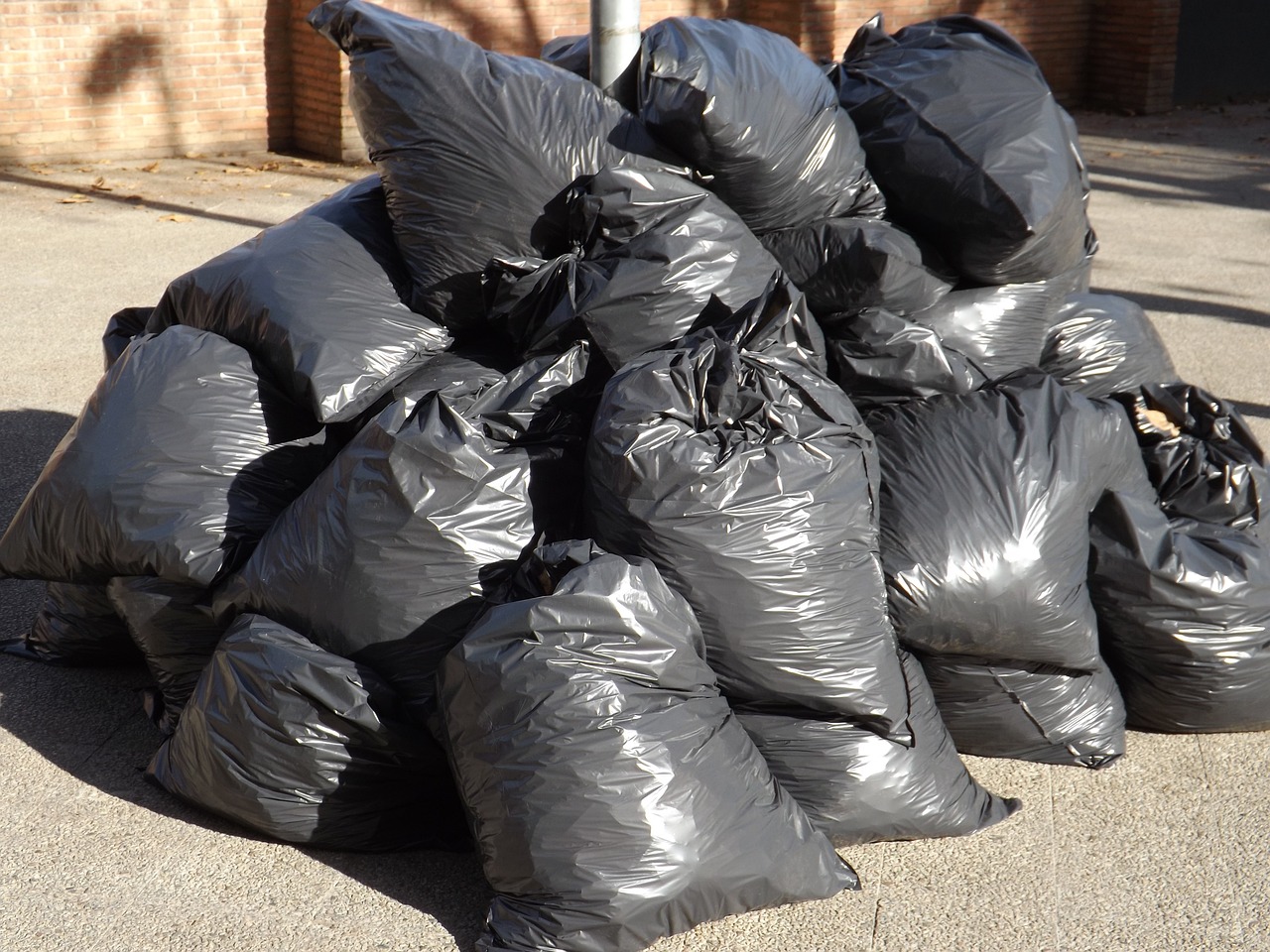
Disposal Methods
When it comes to disposing of medical waste, choosing the right method is absolutely crucial. Not all waste is created equal, and the disposal method must align with the type of waste generated. There are several effective disposal methods available, each designed to handle specific types of medical waste safely and efficiently. Understanding these methods is key to ensuring that healthcare facilities comply with regulations while also protecting public health and the environment.
One of the most commonly used methods for disposing of hazardous medical waste is incineration. This process involves burning waste at high temperatures, effectively destroying pathogens and reducing the volume of waste significantly. However, it’s essential to use incinerators that are equipped with air pollution control systems to minimize harmful emissions. Incineration is particularly effective for items like contaminated sharps, surgical waste, and other materials that could pose a risk if left untreated.
Another widely accepted method is autoclaving, which uses steam under pressure to sterilize waste. This method is particularly effective for infectious waste, as the high temperature and pressure kill bacteria and viruses. Autoclaving is often preferred because it is environmentally friendly and reduces the waste volume without producing harmful emissions. However, it requires specific equipment and operational expertise to ensure that all waste is treated adequately.
In addition to these methods, there are also chemical treatments that can be employed to neutralize hazardous waste. This method involves using specific chemicals to disinfect or neutralize waste materials, making them safe for disposal. Chemical treatment is often used for pharmaceutical waste, ensuring that any harmful substances are rendered ineffective before being disposed of in landfills or other disposal sites.
It's also important to mention landfilling, which is generally not recommended for hazardous or infectious waste. However, non-hazardous waste that has been properly treated can sometimes be disposed of in landfills. Facilities must ensure that they adhere to local regulations regarding landfill disposal to prevent any potential environmental contamination.
To summarize, here are some of the primary disposal methods for medical waste:
- Incineration: Effective for hazardous waste, requires controlled facilities.
- Autoclaving: Environmentally friendly, ideal for infectious waste.
- Chemical Treatment: Neutralizes hazardous materials, often used for pharmaceuticals.
- Landfilling: Only for non-hazardous waste that has been treated properly.
Choosing the right disposal method is not just about compliance; it’s about ensuring the safety of healthcare workers, patients, and the surrounding community. Each facility must evaluate its waste streams and implement the most appropriate disposal strategies. By doing so, they not only adhere to regulations but also contribute to a healthier environment.
1. What types of medical waste require special disposal methods?
Medical waste types that require special disposal methods include hazardous waste, infectious waste, and pharmaceutical waste. Each of these categories poses unique risks and must be handled accordingly.
2. Can all medical waste be incinerated?
Not all medical waste can be incinerated. While incineration is effective for many types of hazardous waste, some materials may require different disposal methods, such as autoclaving or chemical treatment.
3. How can healthcare facilities ensure compliance with disposal regulations?
Healthcare facilities can ensure compliance by staying informed about local and national regulations, training staff on proper waste segregation and disposal methods, and regularly auditing their waste management practices.
4. What are the environmental impacts of improper medical waste disposal?
Improper disposal can lead to soil and water contamination, posing risks to public health and the environment. It can also contribute to the spread of infectious diseases.
5. Are there alternative disposal methods being developed?
Yes, researchers are exploring new technologies and methods for medical waste disposal, including advanced thermal treatment and waste-to-energy processes, which aim to minimize environmental impact while safely managing waste.
Frequently Asked Questions
- What is considered medical waste?
Medical waste refers to any waste generated in healthcare facilities that can pose a risk to health and the environment. This includes items like used syringes, bandages, and any materials that may be contaminated with infectious agents.
- Why is it important to dispose of medical waste safely?
Safe disposal of medical waste is crucial to protect public health and the environment. Improper disposal can lead to contamination, disease transmission, and significant environmental hazards, impacting both human health and ecosystems.
- What are the different types of medical waste?
Medical waste can be categorized into several types, including hazardous waste, infectious waste, non-hazardous waste, and pharmaceutical waste. Each type requires specific handling and disposal methods to mitigate risks effectively.
- How can I identify hazardous medical waste?
Hazardous medical waste includes materials that can cause harm to humans or the environment, such as chemicals, radioactive materials, and certain sharps. Proper identification is essential for implementing safe disposal strategies.
- What are the best practices for medical waste disposal?
Best practices for medical waste disposal include proper segregation of waste at the source, labeling waste containers clearly, and using designated disposal methods like incineration or autoclaving to ensure safety and compliance with regulations.
- What are the risks of improper medical waste disposal?
Improper disposal of medical waste can pose significant public health risks, including the potential spread of infections and contamination of soil and water. Awareness of these risks can help healthcare providers and the community adopt better practices.
- What methods are used for disposing of medical waste?
Common methods for disposing of medical waste include incineration, which burns waste at high temperatures, autoclaving, which uses steam sterilization, and chemical treatment, which neutralizes harmful substances. The choice of method depends on the type of waste and local regulations.
- Are there regulations governing medical waste disposal?
Yes, there are strict regulatory guidelines that dictate how medical waste should be managed and disposed of. Compliance with these regulations is vital for healthcare facilities to avoid legal repercussions and ensure the safety of public health and the environment.



















